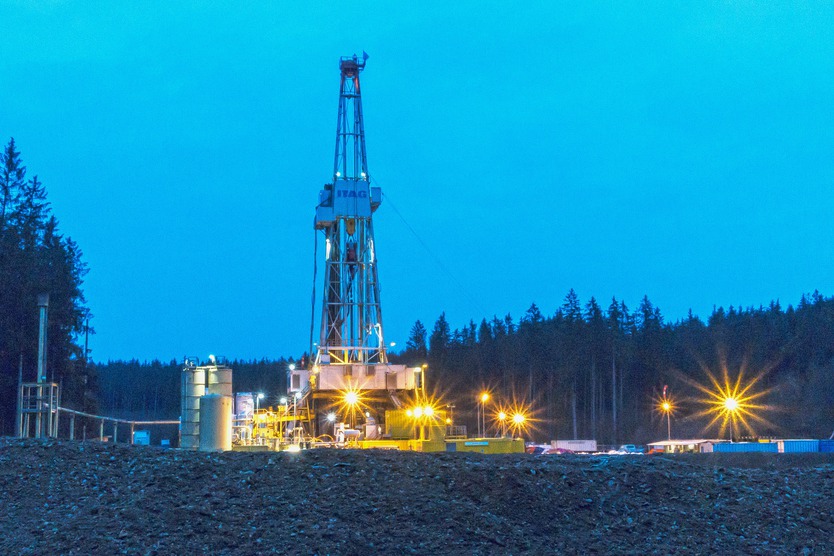
The newly-founded Fraunhofer IEG combines climate protection and structural change.
© www.pixabay.com
German industry is under growing pressure to decarbonise and become more resource-efficient. This is the driver behind the Geothermal Paper Drying research project that brings the Fraunhofer Institute for Energy Infrastructures and Geothermal Energy (IEG) from Bochum and the Fraunhofer Institute for Environmental, Safety and Energy Technology (UMSICHT) from Oberhausen, together with Kabel Premium Pulp & Paper GmbH, a paper mill in Hohenlimburg.
Put simply, the team will investigate how naturally occurring subterranean heat can be integrated into paper drying processes at the Kabel site to replace imported natural gas. Paper manufacturing is a highly energy-intensive industry that employs 40,000 people in Germany across 152 mills – making it an ideal case study for energy transformation.
In the coming weeks, the Fraunhofer IEG’s mobile drilling rig will begin sinking an exploratory borehole 350 metres deep on the site of the Steltenberg quarry to gather rock samples and data from a 400-million-year-old limestone seam that runs diagonally under the Ruhr area. Based on those findings, the team will be able to generate a better picture of the potential of the limestone mass for energy extraction, with expected water temperatures of up to 150°C from depths as low as 4,000 metres.
As the exploitation of geothermal energy for industrial use is a fairly new field – and there are many unknowns – various pumping and production tests must be carried out: for example, the researchers need to find out how much hot water can be pumped out of the earth and how much water can be absorbed again.
Fraunhofer UMSICHT are developing the plant technology for the integration of geothermal heat into the paper drying process, as well as ensuring the process is cost-effective. The research project and the drilling are funded by the state of North Rhine-Westphalia and the European Union.


